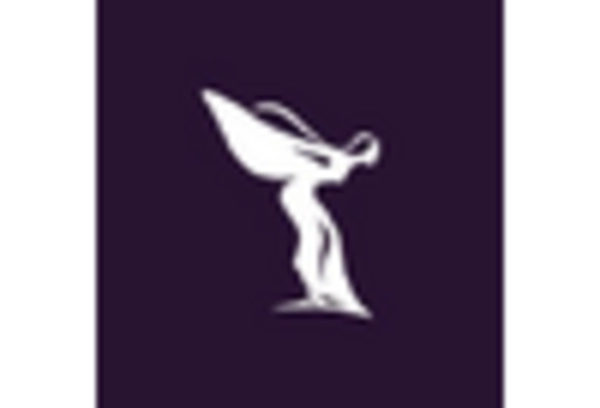By Region, the study provides market insights into North America, Europe, Asia-Pacific and the Rest of the World. The Europe More Electric Aircraft market area will dominate this market. Europe covers the UK, France, Germany, Russia, Italy, and the rest of Europe for the regional More Electric Aircraft market study. The European aviation industry strives to use new, advanced materials with improved mechanical properties in aircraft, such as single crystals and gamma-titanium aluminides; these high-tech engines help planes reduce fuel consumption, carbon emissions, and noise.
Governmental organizations like the European Aviation Safety Agency (EASA), the European Defense Agency (EDA), the UK Civil Aviation Authority (CAA), and the European Air Transport Command are essential in ensuring transportation safety and addressing issues like carbon emissions and noise pollution. Among Europe's top producers of electric aircraft are Rolls-Royce (UK), Safran Group (France), Thales Group (France), and Turbomeca (France). These aircraft producers concentrate on several aircraft electrification plans, which are expected to expand the local More Electric Aircraft market.
Moving electric aircraft development initiatives, airline mergers, and rising air traffic are predicted to fuel More Electric Aircraft market expansion in this area throughout the anticipated timeframe. Further, the Germany More Electric Aircraft market held the largest market share, and the UK More Electric Aircraft market was the fastest-growing market in the European Region.
Further, the major countries studied in the market report are The U.S., Canada, German, France, the UK, Italy, Spain, China, Japan, India, Australia, South Korea, and Brazil.
Figure 2: MORE ELECTRIC AIRCRAFT MARKET SHARE BY REGION 2022 (%)

Source: Secondary Research, Primary Research, Market Research Future Database and Analyst Review
The US and Canada are the two primary nations considered for this area. According to predictions, the US will dominate North America's electric market in 2021. The existence of numerous major producers of aviation electrical systems in this area, including Raytheon Technologies Corporation (US), Astronics Corporation (US), and Honeywell International, Inc., may be credited with the More Electric Aircraft market's expansion (US). These companies continually spend money on research and development to create new electrical systems for airplanes that are more dependable and efficient.
As an alternative to employing hydraulics in airplanes, they are concentrating on building more electric aviation systems. The aviation and aerospace industries are expanding steadily in the North American area.
The Asia-Pacific More Electric Aircraft market is expected to increase significantly throughout the forecast period. The dominant nations in this area are expected to continue to be those like China and Japan. On the other hand, India is turning out to be the market for More electric civil aircraft that is expanding at the highest rate during the same period because of its strong expansion in the commercial aviation industry. Moreover, the China More Electric Aircraft market held the largest market share, and India's More Electric Aircraft market was the fastest-growing market in the Asia-Pacific region.
Recent News:
in 2024, Microchip Technology Inc. has introduced a new integrated actuation power solution that integrates companion gate driver boards with its extensive Hybrid Power Drive (HPD) modules in silicon carbide (SiC) or silicon technology, with power outputs ranging from 5kVA to 20kVA. The new integrated actuation power system has the same footprint regardless of power output. The companion gate driver boards are intended to be combined with Microchip's HPD modules to create an all-in-one motor drive solution for electrifying systems like as flight controls, braking, and landing gear.
Microchip's power solutions are designed to scale based on the requirements of the end application, from smaller actuation systems for drones to high-power actuation systems for Electric Vertical Take-Off and Landing (eVTOL), MEA, and all-electric.
In 2023, Electra.aero, Inc. (Electra) announced that the maiden flights of its EL-2 Goldfinch, a hybrid-electric, ultra-short takeoff and landing (eSTOL) aircraft, were successfully completed. Electra is building a nine-passenger version of the aircraft for commercial and government customers, capable of taking off and landing with ground rolls as short as 150 feet and flying at 200 mph for 500 miles. Electra's eSTOL product is backed by substantial market demand; the company presently has pre-orders from more than 30 clients for over 1,700 aircraft, totaling more than $6 billion in backlog.


















Leave a Comment